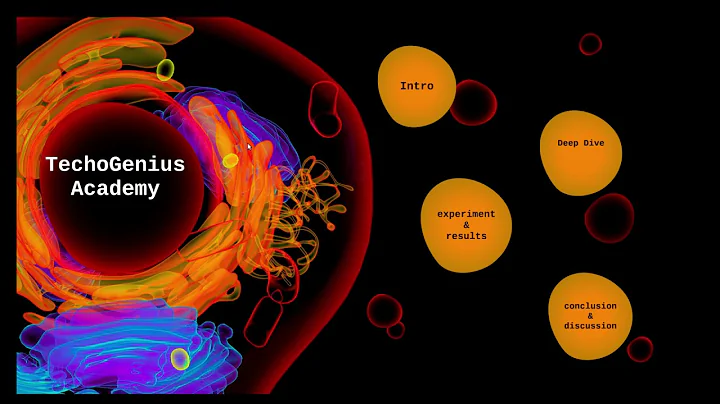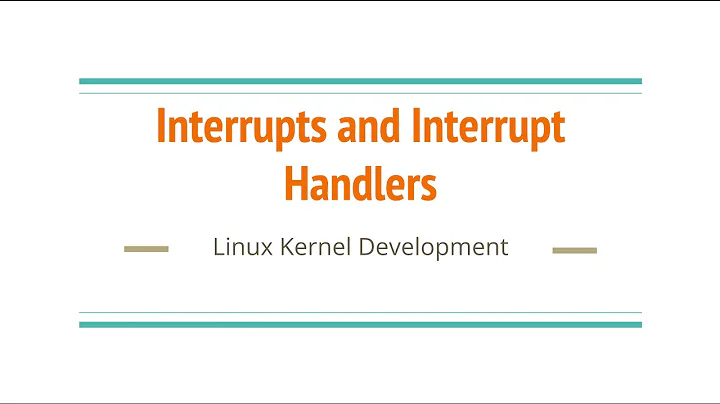What is the interrupt key for Linux command "less"
Solution 1
Ctrl+C works for me. When I use the F command in less, it says "(interrupt to abort)". The "interrupt" that it's referring to is whatever key is bound to the terminal interrupt. The command stty -a shows the relevant terminal settings:
speed 38400 baud; rows 50; columns 80; line = 0; intr = ^C; quit = ^; erase = ^H; kill = ^U; eof = ^D; eol = ; eol2 = ; swtch = ; start = ^Q; stop = ^S; susp = ^Z; rprnt = ^R; werase = ^W; lnext = ^V; flush = ^O; min = 1; time = 0; -parenb -parodd cs8 -hupcl -cstopb cread -clocal -crtscts -ignbrk -brkint -ignpar -parmrk -inpck -istrip -inlcr -igncr icrnl ixon -ixoff -iuclc -ixany -imaxbel -iutf8 opost -olcuc -ocrnl onlcr -onocr -onlret -ofill -ofdel nl0 cr0 tab0 bs0 vt0 ff0 isig icanon iexten echo echoe echok -echonl -noflsh -xcase -tostop -echoprt echoctl echoke
It's the intr = ^C that shows that interrupt is generated by Ctrl+C.
If you do stty -a what does it show?
Solution 2
Ctrl + C did not work for me. However, I was able to stop the process with q.
Solution 3
As @RandyOrrison mentioned, ^C (control + c) is the appropriate interrupt character. Although, how less responds to this signal will vary based on the options provided at execution time.
Normally, an interrupt character causes less to stop whatever it is doing and return to its command prompt (i.e. not the terminal/tty prompt).
If instead, you want to signal less to quit and return to the terminal/tty prompt, you should use the -K or --quit-on-intr option. This will cause less to exit immediately (with status 2) when an interrupt character (usually ^C) is typed.
-K , --quit-on-intrCauses less to exit immediately (with status 2) when an interrupt character (usually ^C) is typed. Normally, an interrupt character causes less to stop whatever it is doing and return to its command prompt. Note that use of this option makes it impossible to return to the command prompt from the "F" command.
less -K [filename]...
less --quit-on-intr [filename]...
Solution 4
ctrl-C is closing the process at the head of the pipe, not signeling less, when using a pipeline like this.
head-process | less
I got it to work with:
less -f <(head-process)
There may be a better way.
Related videos on Youtube
studiohack
Updated on September 17, 2022Comments
-
studiohack almost 2 years
When you do shift-f with less, you can see the file update in real time, and you get the "Waiting for data...(interrupt to abort)" message.
The updating works fine, but what is the interrupt? nothing seems to work (Ctrl-C, Esc, Ctrl-I etc). I always have to kill the terminal which is a pain.
-
 Admin about 7 yearsFor me, interrupt (ctrl-c) works fine, except that it kills the whole process!
Admin about 7 yearsFor me, interrupt (ctrl-c) works fine, except that it kills the whole process! -
 Admin about 2 years
Admin about 2 yearsSHIFT + CNTRL + Cworks for me to interrupt without totally killing less
-
-
 Admin over 14 yearsit says intr = ^C. Aha!! it's actually Ctrl-shift-c - ie upper case. Thanks for the help
Admin over 14 yearsit says intr = ^C. Aha!! it's actually Ctrl-shift-c - ie upper case. Thanks for the help -
Randy Orrison over 14 yearsThat's weird - I've never known Ctrl+Shift to be different from just Ctrl. Mine shows upper case C, but Ctrl+c (without shift) works fine.
-
CarlF over 14 yearsI've never used a system that treated ctrl-c and ctrl-C differently, either. Just a data point.
-
jenming over 10 yearsI'm having the same issue, and neither ctrl-c nor ctrl-shift-c works. Could this have something to do with the fact that i'm running less inside a screen session?
-
 dirdi almost 5 years^Z does not kill or quit
dirdi almost 5 years^Z does not kill or quitlessbut stops and puts it into background for being resumed later. Therefore, this is not an answer to the question. -
 dirdi almost 5 yearsThere is no need to put
dirdi almost 5 yearsThere is no need to putlessinto background and resuming it withfg, before quitting. You could have pressedqright away. -
Kamil Maciorowski almost 3 yearsAFAIK the signal should get to
lessas well; "not signallingless" is somewhat surprising to me. About the solution: yeah. :)




